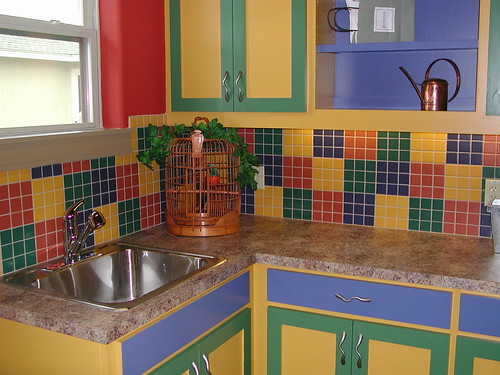| From The Hollows at Northshore, Lake Travis, Austin, Texas |
Current trends with new home buyers and builders center around building an environmentally sensitive home. This can be accomplished by taking advantage of a site's inherent ecological characteristics, carefully selecting building materials so energy is efficiently used during the lifetime of the home, and many other methods. This focus is also known as green building.
In this age of everything green, it is wise to analyze your building, design and selection process with a fresh approach and put together your own green team. I suggest we take a whole-house systems approach to building green. Commit to educating yourself on the many details and benefits of owning a green, durable and energy-efficient home and then we can communicate this understanding and belief to the team players. Together we can deliver a home design that is healthier to live in and more energy efficient.
The builder is the green team coach and quarterback. It is this person's job to assemble the most knowledgeable team players, to understand the cost benefits of each system feature and to help educate the owner as to which features are most beneficial while balancing the owner's budget and design criteria.
The green team's players are your suppliers and subcontractors.
Your green team is owned by the client (if you are building custom), or by the builder (if building a spec). The owner makes the main decisions that affect the budget which have a major impact on both project costs and long-term energy efficiency.
The Building Designer is the green team manager and assists with designing green in many areas. He may minimize the size and quantity of north-facing windows while maximizing the number of windows that face south, thereby increasing the passive solar efficiency of the home. He might explain the advantages of spraying sealant around all windows and doors as the most economical investment for saving fuel. The designer and builder should understand the energy benefits and cost implications of different insulation methods such as fiberglass batt, blown wet-spray cellulose, blown-in blanket-spray fiberglass and polyurethane foam insulation. He may also specify gravel or a brick paver driveways, then the site will have less impervious coverage and less impact on the surrounding areas for runoff and flooding.
One excellent resource for improving your knowledge of green building is the U.S. Green Building Council (usgbc.org) which runs the LEED for Homes program; LEED stands for Leadership in Energy and Environmental Design.
Each green team member must do his part to build green. The knowledge of each team member will determine the extent to which your finished home is environmentally sensitive. Although it is the builder's responsibility to be ready and able to advise the client of the costs and benefits of each selection, it ultimately is the owner's decision to select green features.
Green building is here to stay and it will be the standard practice of designing and building in the near future. We are in the beginning stages of transitioning to green and it will take time, patience and commitment to do it right.

